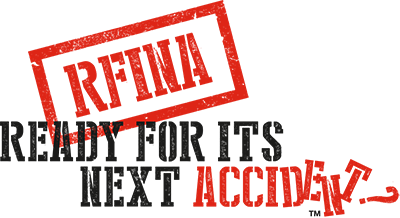Industry Capacity – More Complex than Just Space and People
In September 2016 at the Canadian Collision Industry Forum (CCIF) meeting in Vancouver a panel presentation discussed the topic of electronic diagnostics of accident damaged vehicles. At that time the short form description of this procedure was ‘scanning’ a longer form was ‘scanning and fault clearing’. Both of these terms refer to accessing the vehicles computers to search for fault codes that would indicate either damaged electronic components or an occurrence that had triggered a fault code. If the code is cleared by the technician performing the scan and does not reoccur this suggests that the event which caused the code had been corrected. If the code re-appears after clearing this suggests that the problem still exists and further work is needed to correct it. If I continue with explanations or examples all of you will stop reading within the next few words. The topic is complex and can very quickly run to many pages of technical detail for even a good overview.
By January 2017, when this topic was again discussed by a panel at the CCIF meeting in Toronto understanding had expanded to include calibration. Calibration refers to the adjustment of cameras and sensors to a position or setting that allows them to function as designed. With cameras and blind spot sensors this will mean a specific aim, with airbag sensors in seats this will mean a weight calibration that will then allow the seat to pick up whether there is a child, an adult or no one in the passenger seat. Once again I could go on and you would stop reading.
During 2016 the discussion of these topics was relatively new and centered on who would pay for the needed procedures, which were not part of the common procedures that the industry was used to working with.
What came out in Toronto, to people who were listening carefully, was that who would pay may be the least of our worries.
Industry capacity to identify and perform the volume of complex scans and calibrations needed is perhaps a bigger problem. Capacity refers to both available time and physical space, and also to knowledge and skill. The time and space may be found, but the development of needed skills will take time.
Going back to the ‘who will pay question’; what needs to be done and how it will be paid for? Answers to these questions are needed before there is clarity to the vision of the required skills and from that clarity an understanding of the needed skills development.
Many progressive operators are paying attention and doing as much background prep and development as possible. For these people this is a cost and an investment that will likely have a return in the future. Many more operators are waiting to be told what to do and for them the shift to correct repair procedures will be a challenge.
The transition period to the needed new model for the collision repair industry may have moved back out to the 5 years we started with.
